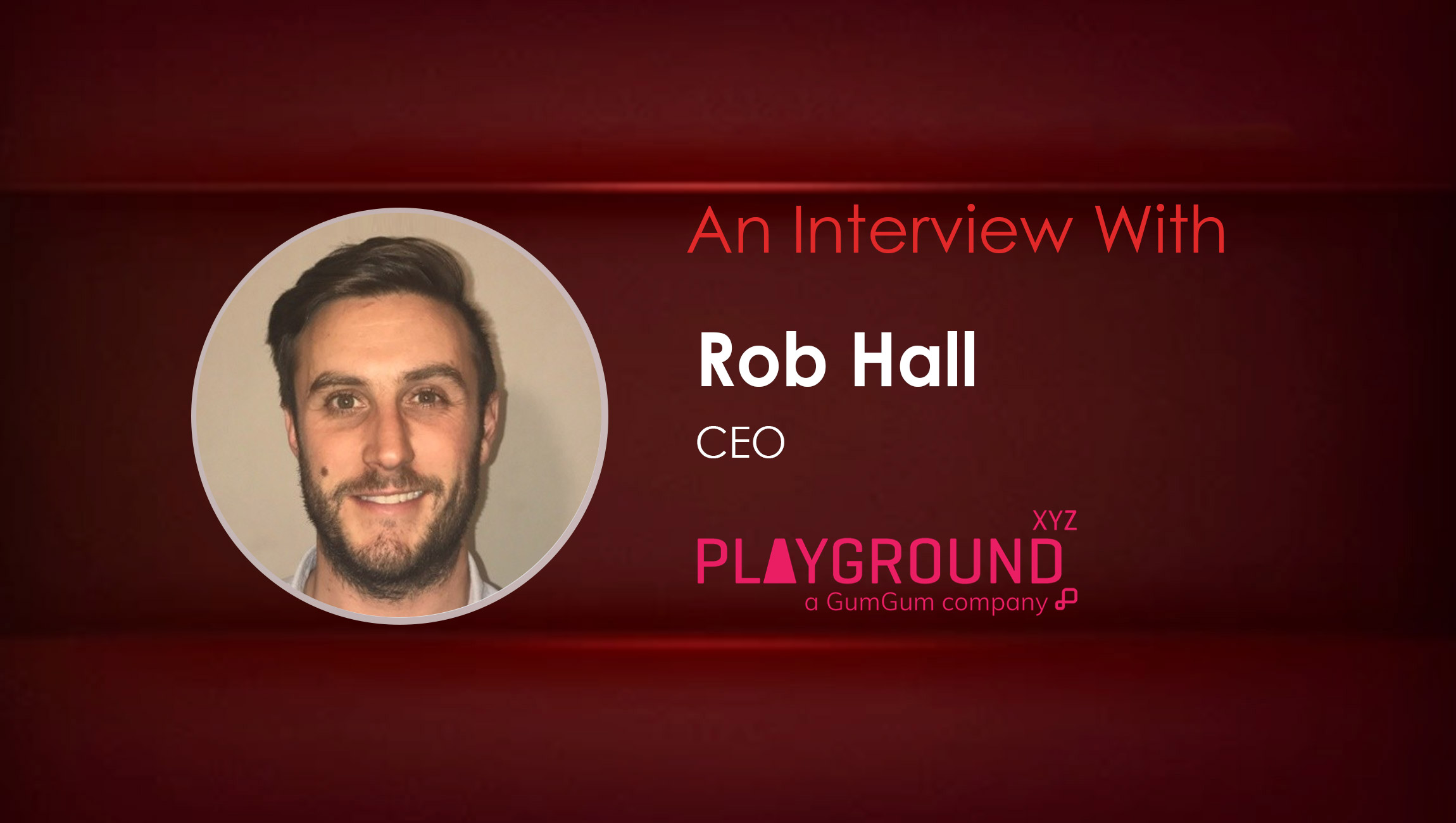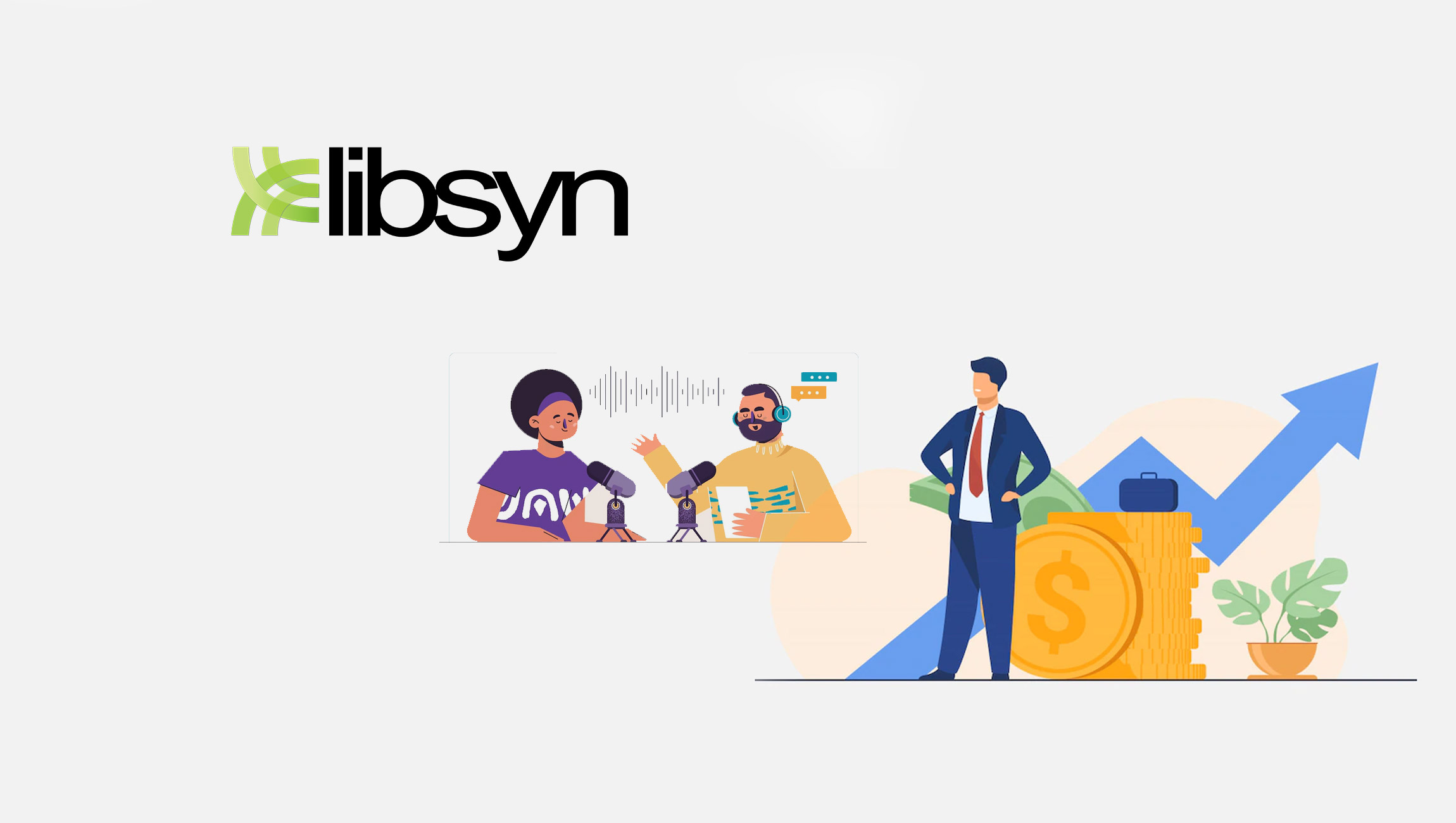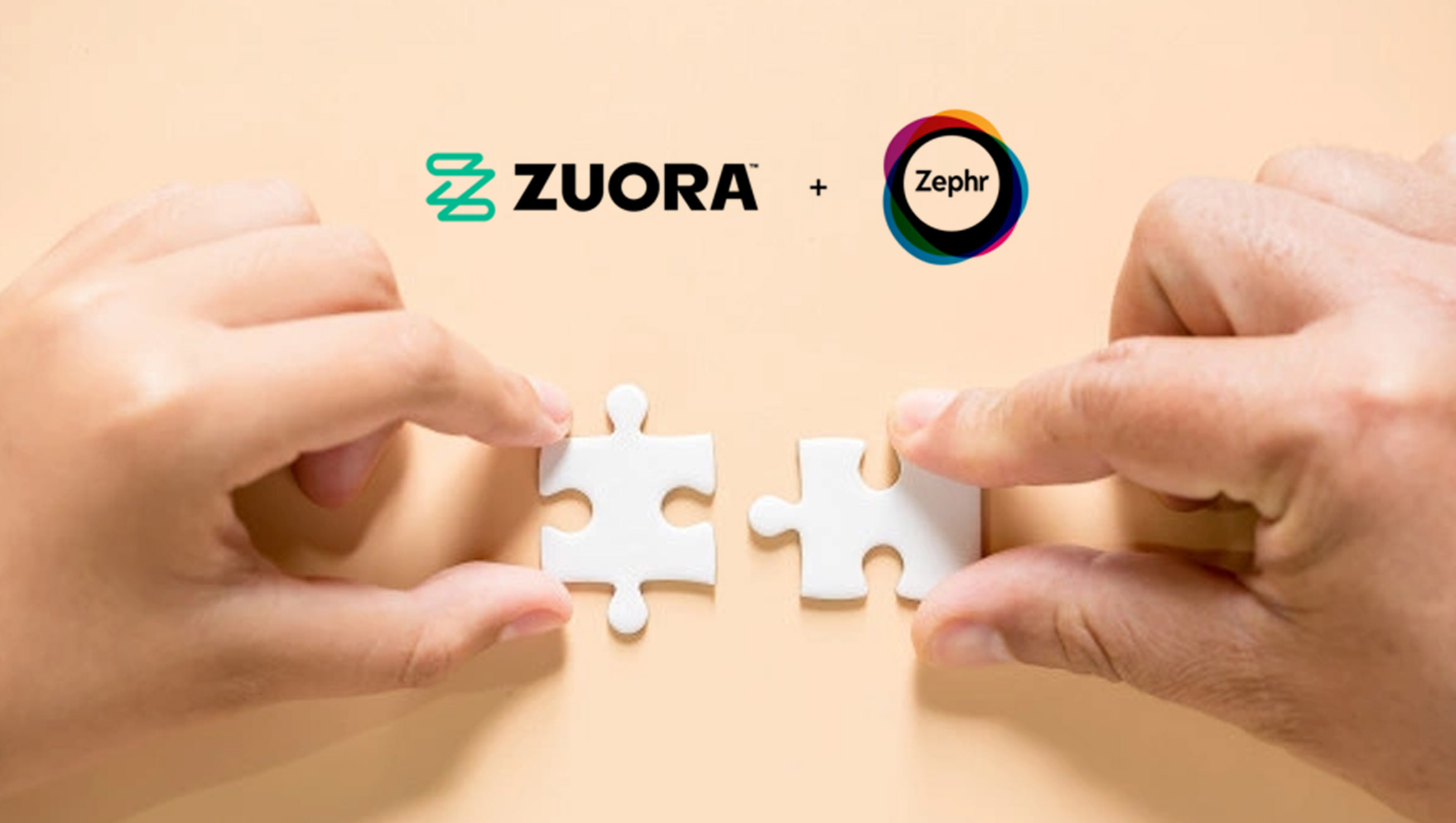Hi Rob, please tell us how you started Playground xyz.
Playground xyz began in 2017 as a rich media creative vendor. We noticed a need for attention-grabbing ads and made a name for ourselves building incredibly engaging ad formats. We found we were talking about ‘attention-grabbing’ a lot but realised there was no way to properly measure it. Why not? Surely it would be incredibly powerful?
Fast-forward five or so years and we’re now at the forefront of the attention-based advertising revolution and have ‘de-coupled’ our attention tech from the rich media business so it can be used by advertisers on their own media buying. We say that we’re on a journey to master the art and science of maximising attention.
Tell us a little bit about your Ideal Customer Profile (ICP) and how you target these with your marketing and sales tactics.
Our tech – the Attention Intelligence Platform – is plugged directly into the global programmatic ecosystem, available to the world’s biggest advertisers and media holding companies. Beyond that, we work in partnership with media agencies to help their clients succeed in the attention economy – and that happens at multiple levels. We work with agency product leads to build bespoke attention-infused solutions for their agency; with senior digital and strategic decision-makers to make sure they’re achieving their goals with attention and seizing upon its benefits; and with planners and buyers to actually implement our products and benefit at campaign level.
How has the adtech market evolved around establishing context-advertisement alignment? How does Playground xyz help advertisers build this alignment?
The relationship between attention and context, and the huge potential it holds, is something we’d been theorising about for some time. The resurgence of contextual approaches is clear but challenges remain – for instance, picking the right contexts in a more informed way than just assumption or historical performance, and actually optimising campaign delivery to the right contexts in-flight.
Our latest study explores the relationship in depth and proves not only that it exists, but that it’s dynamic and that there is massive potential uplift to be gained by using attention signals to optimise contextual campaigns.
We see a future where context and attention signals come together to form a powerful way to reach consumers in the right mindsets without relying on consumers’ personal data. The PXYZ acquisition by GumGum last year was in pursuit of this goal.
Different ad platforms have various methods to measure attention. Could you please explain how Attention Time is actually measured, and which metric is the best to rely on from a media budget ROI point of view?
Our metric is ‘Attention Time’, which is the length of time, in seconds, an ad is actually looked at. There’s a lot of noise about attention metrics out there but only a couple of attention suppliers, including us, use real eye-gaze data as an ingredient in their architecture. It works by taking opt-in panel data – all privacy safe and compliant – and then scaling it via an AI that is trained and verified by the groundtruth eye-gaze data.
The other method often used by vendors involves a lot of ‘proxies’ and inference – saying that viewability or time in view equal attention – but we believe that having real eye-tracking data in there is key to an accurate model.
We’ve proven Attention Time is an incredibly powerful metric, driving an average 25% increase in awareness and 79% increase in recall – there’s a lot more about that in our previous research – and offers huge benefits over proxy metrics like viewability. Given that impact to real world outcomes we believe Attention Time is the most effective metric to employ on digital campaigns.
Tell us a bit about Priming in Advertising – how does ‘priming’ affect influence for brand advertisements?
Priming aims to explain the cognitive or emotional response to the context that affect advertisement perceptions and response. In essence, it’s about how ‘primed’ a consumer is to pay attention to an ad. This is influenced by things like the context of the page/the environment and much more. As it relates to context, the basic premise is that the content primes the consumer and creates a context-advertisement alignment, or congruence, which in turn boosts the Attention Time the ad receives.
Your report mentions “Contextual Continuity.” What is this continuity all about?
Contextual continuity is something we touch on in our study. It’s about how reliably particular context(s) deliver the highest levels of attention across a brand’s different ad creatives/campaigns – if the same contexts re-appear often then we would say there’s high continuity. If not, then it’s low.
The study revealed that, actually, at scale, there is quite a low degree of contextual continuity for brands and that means that each creative requires its own contextual strategy. One thing we found was that, 70% of the time, a brand cannot expect the same contextual category to deliver the highest Attention Time for the majority of their creatives. In fact, just 8% of the time will a brand have the same top-performing contextual category across all creatives – which we think highlights how nuanced and multidimensional the quest for context-advertisement alignment really is. It makes sense when you think about it – different creatives, even from the same brand, appeal to people in different ways so the best contexts also often change.
Your take on the application of AI and Automation for adtech measurements and analytics – how do you work with AI and ML at Playground xyz?
AI has allowed us to take real human data from opt-in panels – which traditionally have a scale problem – and build custom models that measure and optimise to attention. This approach lets us have the ground-truth and reliability of having real-eye tracking data from the panel but then use the AI to scale it across a brand’s live campaigns, down to an impression level.
Any advice to brand advertisers and CMOs looking to improve their contextual advertising in 2022-2023?
Use Attention Time as a better way to understand your media buying and creative. Being a quality metric that’s highly predictive of brand outcomes, it’s a powerful, rich signal to set your compass to across your digital campaigns. And now that it’s actionable, you can use this data to programmatically improve your media delivery.

Playground xyz is on a mission to master the art and science of maximising consumer attention on ads. The company’s Attention Intelligence Platform is the world’s first integrated stack to measure and optimize both media and creative to maximise Attention Time: how long people actually look at an ad.
Playground xyz has offices in Australia, New Zealand, Montreal, Singapore, Hong Kong, London, New York and Los Angeles. For more information visit https://playground.xyz.
Having spent many years in the advertising industry, Rob saw an opportunity to bring the art and science of effective brand building together and founded Playground xyz in Sydney in 2015. 7 years later, the business has 85+ employees, offices all around the world and is the leader in attention-based advertising solutions. Rob is passionate about consumer behaviour and psychology, advertising technology and, of course, the quest to earn precious attention for brands.











